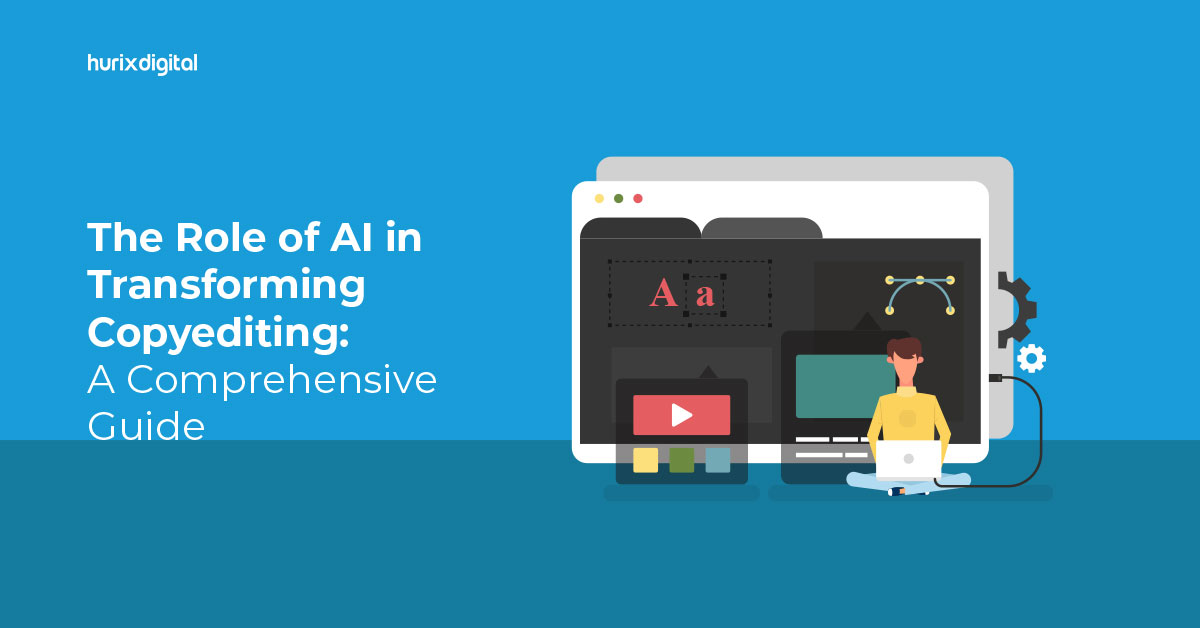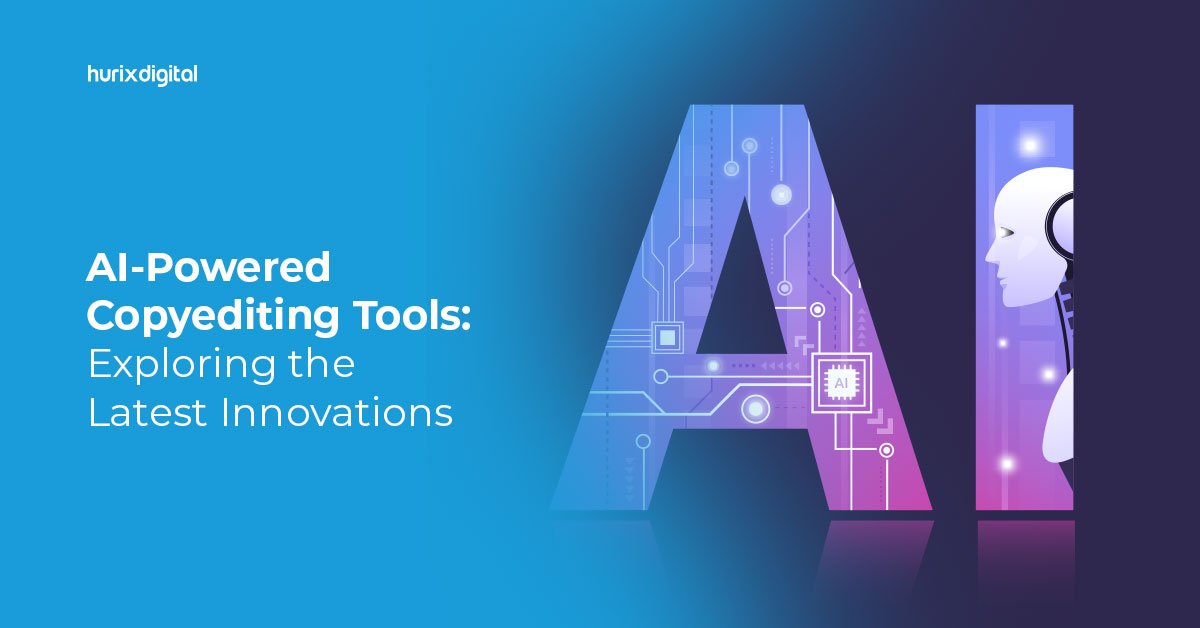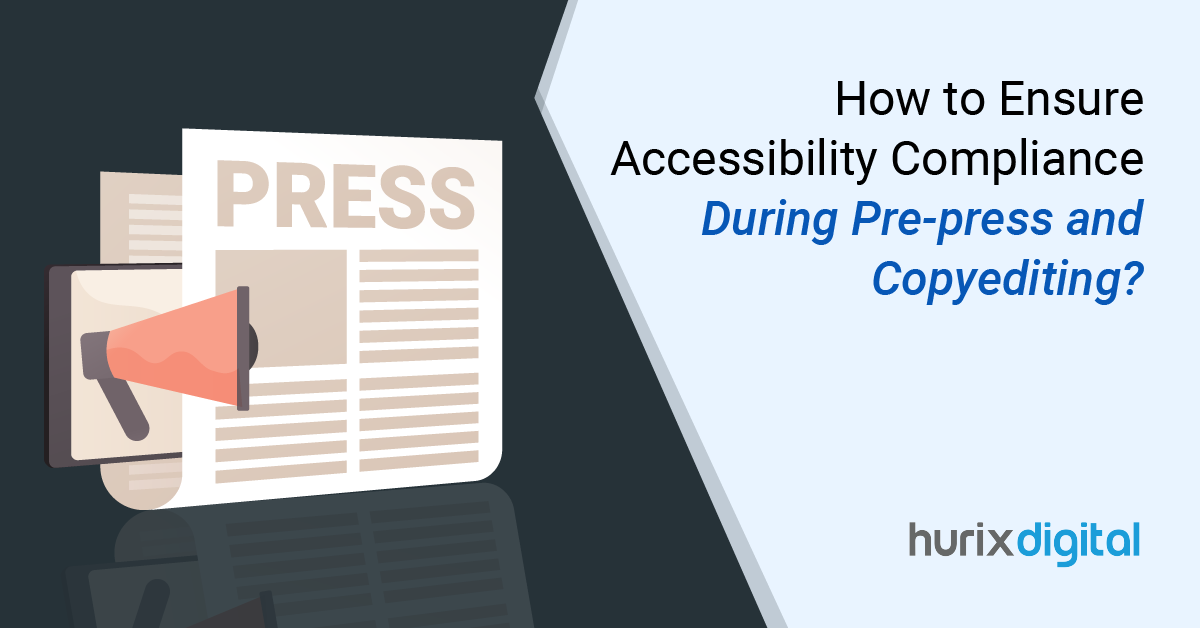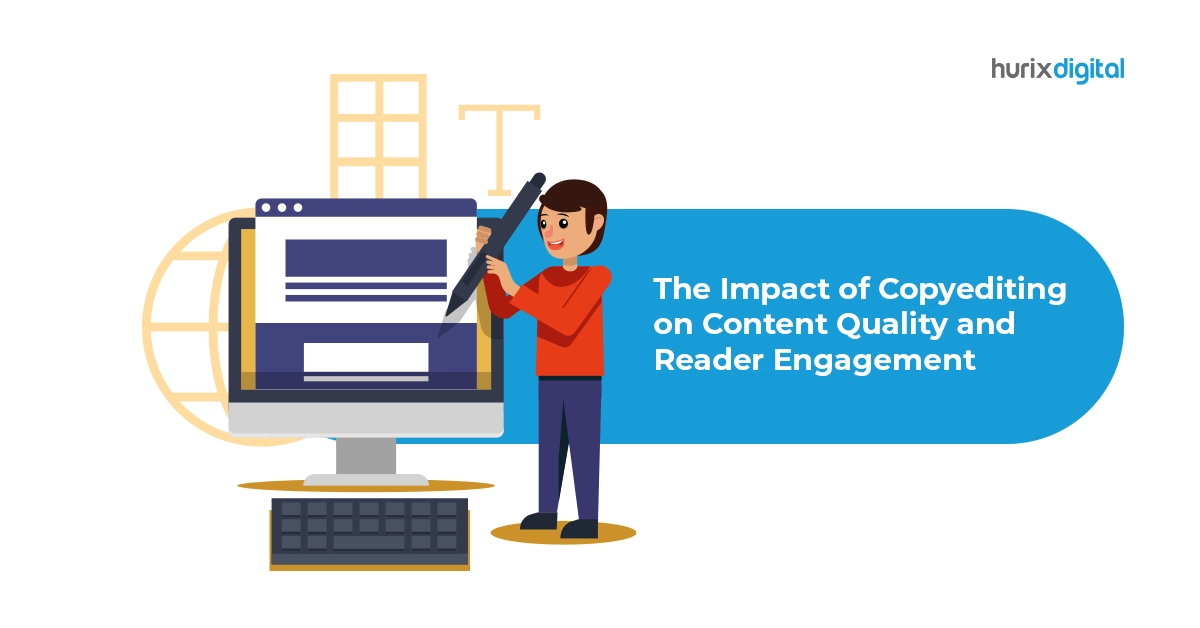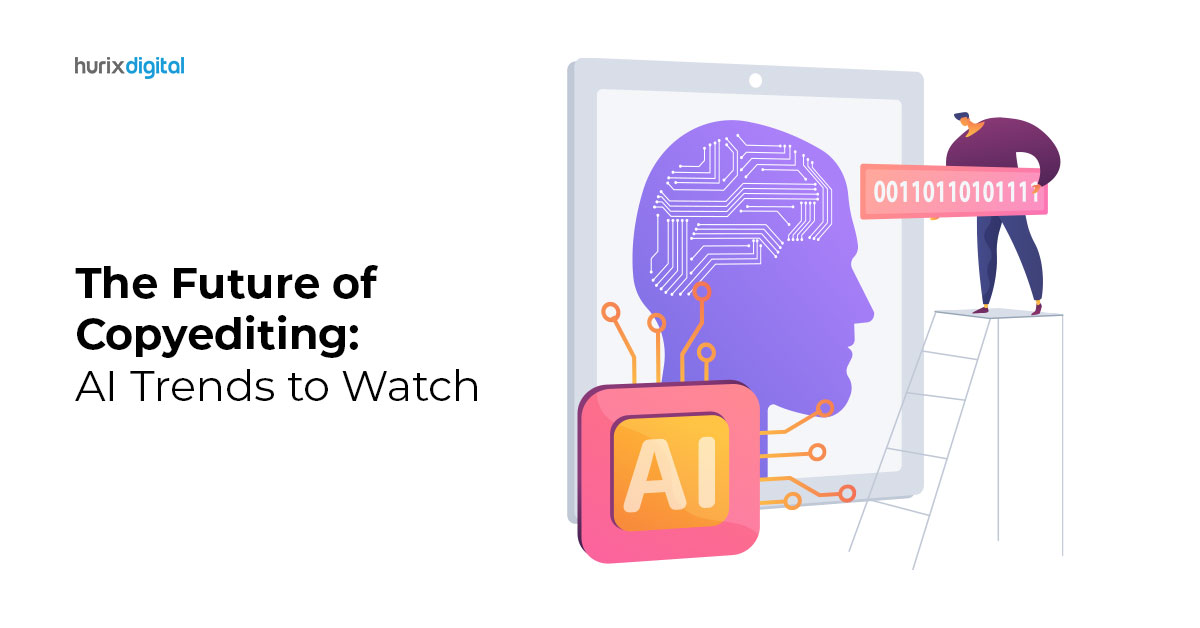
The Future of Copyediting: AI Trends to Watch
Summary
Discover future trends in AI-driven copyediting, focusing on emerging technologies, potential advancements, and how AI is shaping the future of editing and proofreading.
AI is revolutionizing every industry, from the education industry and healthcare industry to the publishing industry. And its pervasive impact is only going to grow, with it being projected that the AI market will reach a value of $407 billion by 2027.
With the increasing influence, many AI trends are popping up, ready to shape the future of industries worldwide. Within the publishing industry alone, AI is set to change the future of copyediting.
Read on to learn about the meaning of copyediting, its evolution, and the emerging AI-based copyediting trends and tools set to reshape the copyediting industry.
Table of Contents:
- What is Copyediting?
- Evolution of Copyediting
- What are the Top 6 Emerging AI Trends in Copyediting?
- What are the Benefits of AI in Copyediting?
- Conclusion
What is Copyediting?
Copyediting is a process that takes place once the draft of a written document – be it a book, journal paper, article, or any other piece of writing – is complete.
The process involves editing the draft to be grammatically correct, factually accurate, and easy to understand.
Also Read: AI-Powered Copyediting Tools: Exploring the Latest Innovations
Evolution of Copyediting
In the days of the 19th century, copyediting was done manually by people known as copyeditors, who provided copyediting services for hand-written manuscripts. Copyeditors took care of and corrected things like grammar, punctuation, spelling, and syntax errors.
With the advent of desktop publishing, copyediting shifted to computers. Copyeditors took to editing the copies of typed or printed manuscripts for books or research papers on text processors like Microsoft Word.
As more and more advances took place – leading to the emergence of digital publishing – the responsibilities of copyeditors expanded. Now, they have to review content for different formats and channels like web pages and social media, and even take care of aspects like hyperlinking, formatting, factual accuracy, and multimedia elements.
With the emergence of AI, advanced tools have come up to bring efficiency to the process of copyediting and help copyeditors ensure that the copies are clear, consistent, coherent, and correct concerning the context.
What are the Top 6 Emerging AI Trends in Copyediting?
Now that you are familiar with the basics of copyediting – let’s delve into the upcoming trends involving artificial intelligence and copyediting.
1. Advanced Grammar Correction Tools
Correct grammar is a crucial component of editing any document. While grammatical errors can make your piece of writing difficult to read and even drive people away, correct grammar improves the readability and clarity of your message.
Owing to the importance of correct grammar, AI-powered grammar correction tools are emerging, similar to the likes of tools like Grammarly. These tools use advanced AI algorithms to scan your document and spot typos, punctuation, and other grammar mistakes.
Once they have identified the errors, they suggest corrections to improve your document’s clarity and coherence.
2. Automated Style and Formatting Checkers
Good style and proper formatting can make your document look professional and visually appealing. However, ensuring consistency in style and formatting can be a tedious and time-consuming task for copy editors.
Fortunately, many AI tools are coming up to automate these tasks. AI tools use machine learning for copyediting processes and run checks through your document’s front, body, and end matter to spot inconsistencies in style, tone, and formatting.
Once they find them, they correct them according to your preferred style guide.
3. Advanced Natural Language Processors
One of the emerging technologies in copyediting includes advanced natural language processors. With their ability to analyze the sentences and their structures, they can help copyeditors identify the paragraphs and sentences that are unclear and thus need further clarification.
Their capability of making sense of the context further enables them to develop alternative phrases that can help you improve the contextual understanding of your document.
4. AI-Powered Plagiarism Checkers
There is an unlimited amount of online content available today – and as a result, you could easily end up unintentionally committing plagiarism.
In this scenario, only AI-powered plagiarism checkers can save you. AI-based plagiarism checkers are capable of comparing your document with the extensive database of published documents and flagging plagiarised content.
If they find the latter, they provide you with alternate ways of writing the same content to improve your document’s integrity and originality.
5. Automated Fact-Checkers
Inaccurate information can gravely harm the credibility of your document. To prevent this from happening, using automated fact-checkers can be very beneficial.
They perform fact-checking of claims, statistics, measurement values, references, etc., against reliable and verified sources and databases. If a claim or a reference turns out to be inaccurate, they direct you to the correct claim or citation. This ensures that the information present in your document is accurate and up-to-date.
6. AI-Powered Machine Translation Tools
In a world where globalization is on the rise, a document is usually published in different languages today. As a result, publishers require copyediting to be done in numerous languages.
To help with this, AI-powered machine translation tools can convert the content of your document into whichever language your publisher requires. Further, other AI-based tools can help your copyeditors maintain accuracy and consistency across different document editions.
Overall, all these AI-based tools help to eliminate language barriers and increase your odds of acquiring a global readership.
Also Read: Ethical Considerations in AI-Based Copyediting: Challenges and Solutions
What are the Benefits of AI in Copyediting?
You now know about the emerging AI-powered editing tools ready to redefine the copyediting industry. You should also know that these tools can accelerate the publishing process by significantly decreasing your odds of being rejected by the publisher.
Apart from this, AI-based copyediting tools benefit the process of copyediting in the following ways:
- Bring large-scale automation to many manual editing processes
- Reduce redundancies, repetitions, and other mistakes quickly
- Increase the efficiency and productivity of copyeditors
- Help produce high-quality, easy-to-understand documents
Conclusion
AI is here to stay and is expected to grow yearly at 37.3% until 2030. Thus, with time, AI-driven editing tools will become indispensable in the copyediting industry.
If you want to use this to curate the best quality documents and increase your ROI, consider outsourcing copyediting services early on.
For outsourcing, Hurix Digital is a good place to start.
Hurix Digital provides customized copyediting services to ensure that your draft is grammatically correct, has a consistent flow and style, and is complete about the context. Equipped with skilled copyeditors and an AI tool, Hued, Hurix Digital performs copyedits and AI-powered proofreading to ensure that your copy is in the best shape before you send it to publishers.
To know more about copyediting services, get in touch with Hurix Digital.

Vice President – Digital Content Transformation. He is PMP, CSM, and CPACC certified and has 20+ years of experience in Project Management, Delivery Management, and managing the Offshore Development Centre (ODC).
